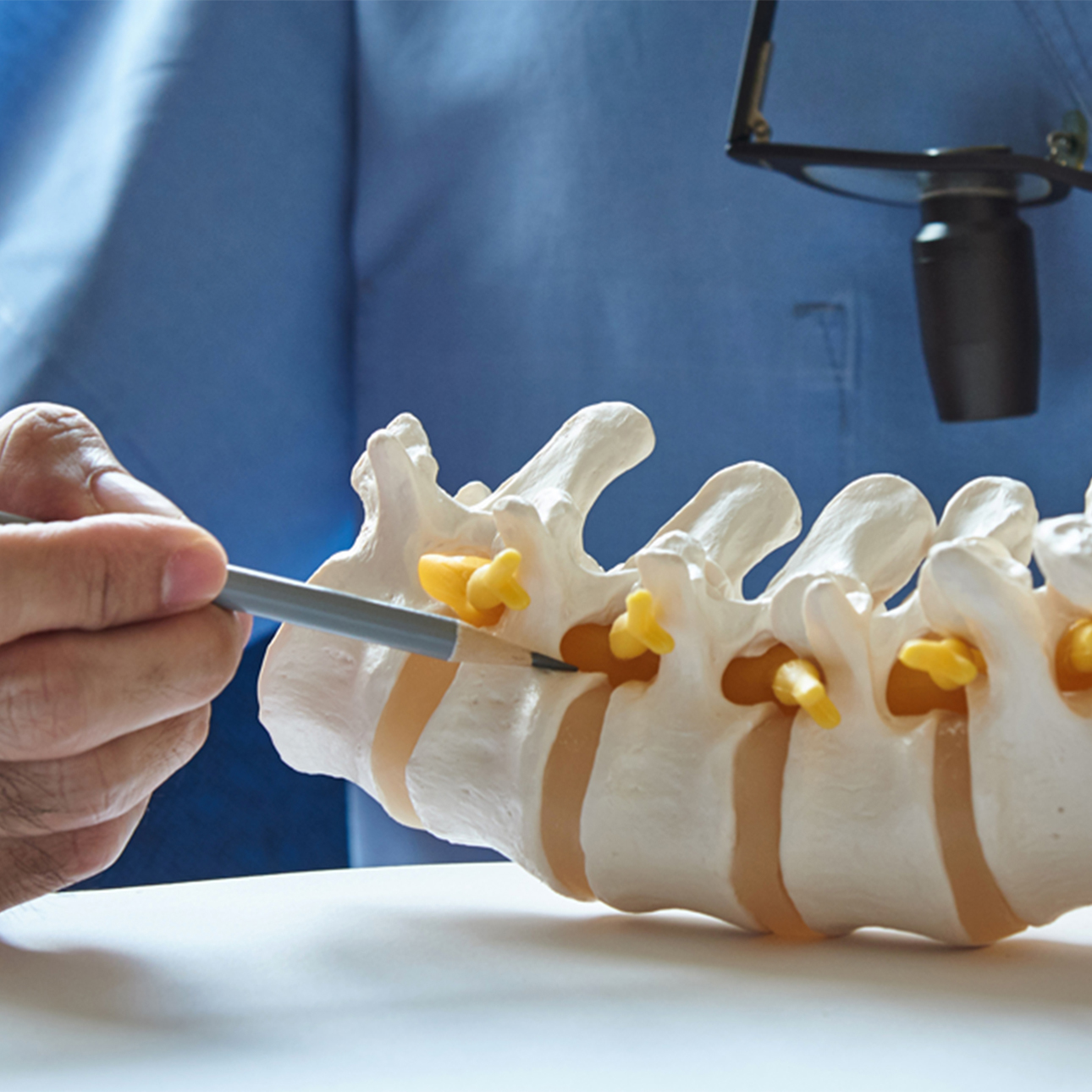
Lumbar Disc Herniation
Treatments
Conservative treatment of lower disc pain usually is successful over time. It includes:
- Pain medication or pain therapies such as ultrasound, massage or transcutaneous electrical nerve stimulation
- Anti-inflammatory medication such as aspirin, ibuprofen and acetaminophen
- Physical therapy
- Steroid injections
- Education in proper stretching and posture
- Rest
However, if your pain doesn't respond to conservative treatment in two to four weeks, your condition affects your bowel or bladder function, or if it threatens permanent nerve damage, your doctor may suggest surgery. Modern methods of surgery allow some spine operations to be performed through tiny incisions using miniature instruments while a microimaging instrument called an endoscope is used to view the surgery site.
The surgery usually includes removing the part of the disc that has squeezed outside its proper place, called a discectomy. The surgeon also may want to remove the back part of the vertebrae, called the lamina, in a laminectomy; or to surgically open the foramen, the holes on the side of the vertebrae through which the nerves exit, in a foramenotomy. Only about 10 percent of adult lumbar disc patients require surgery and even fewer children and adolescents.
UCSF Spine Center orthopedic surgeons also are investigating the effectiveness of an implant that may replace damaged lower back discs.
UCSF Health medical specialists have reviewed this information. It is for educational purposes only and is not intended to replace the advice of your doctor or other health care provider. We encourage you to discuss any questions or concerns you may have with your provider.






